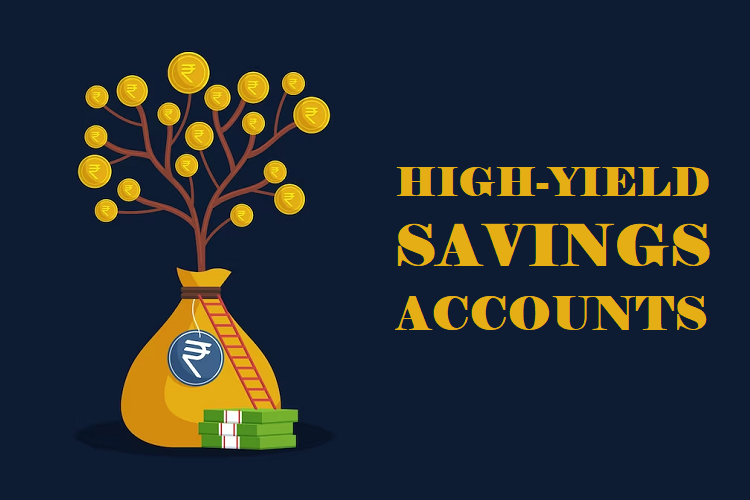High-yield savings accounts are constantly being advertised as an easy way to earn more interest on your savings. But are these accounts all they’re cracked up to be? This article will explore the potential pros and cons of shifting some of your savings from a traditional bank account into a high-yield savings option. While the higher interest rates offered by these accounts can be appealing, there are a few essential aspects to consider when deciding if a high-yield savings account fits your personal savings goals.
We’ll break down some of the critical factors that make these accounts attractive and some potential drawbacks to watch out for. By weighing these pros and cons, we hope that you understand better whether a high-yield savings account could be a smart choice for your unique financial situation.
What is a High-Yield Savings Account?
A high-yield savings account is a type of savings account that typically offers substantially higher interest rates than a standard savings account. These accounts are often available through online banks, which can afford to offer higher rates because they have lower overhead costs than traditional brick-and-mortar institutions.
With a high-yield savings account, savers can take advantage of compounded interest, which means the interest earned also earns interest over time, potentially growing savings faster than possible with a conventional savings account. Savers must understand that while the interest rates are higher, they can still fluctuate due to economic and federal rate changes. Saxo Bank Dubai offers competitive options that boast potentially attractive interest rates.
The Pros of High-Yield Savings Accounts
One of the primary advantages of high-yield savings accounts is the ability to earn more interest on your deposited funds compared to traditional savings accounts. This difference can be significant over time, turning idle cash into an earning asset. Another benefit is the encouragement of saving habits. With the allure of greater returns, individuals may feel more motivated to set aside funds for their future needs.
Furthermore, high-yield savings accounts typically have no monthly fees, a departure from many traditional savings accounts that might charge for account maintenance. They also tend to offer easy access to funds through electronic transfers, further adding to their convenience factor. However, potential account holders must scrutinise the fine print for any associated fees or conditions that could impact the account’s benefits.
Finally, these accounts are often FDIC insured, which means your savings are protected up to the maximum allowed by law, providing a sense of security for your investment. This protection is compelling for many savers to consider high-yield options over other non-insured investment avenues.
The Cons of High-Yield Savings Accounts
While high-yield savings accounts have numerous potential advantages, it’s also essential to be aware of some potential drawbacks. For instance, these accounts may require a higher minimum balance than traditional savings accounts or have limitations on the number of monthly transactions. This could make it challenging for individuals needing frequent access to funds.
Furthermore, the higher interest rates offered by these accounts are not guaranteed and can fluctuate depending on economic conditions. It means that the expected returns may sometimes be lower than initially anticipated, making it necessary for savers to keep a close eye on their account’s performance and adjust saving strategies accordingly.
Another potential downside is that high-yield savings accounts may not offer the same customer service and accessibility as traditional brick-and-mortar banks. It could be a deal-breaker for those who prefer in-person interactions or need to handle complex banking matters.
What Are the Alternatives?
If high-yield savings accounts seem like something other than the right fit, there are different strategies for earning more on your savings. One option is a money market account (MMA), which offers many of the same features as high-yield savings accounts but with some key differences. For example, MMAs often have higher minimum balance requirements and may provide limited check-writing privileges.
Another alternative is investing in a certificate of deposit (CD), which typically offers higher interest rates than savings accounts. The downside is that CDs lock your money away for a set period, with early withdrawals resulting in penalties.
How To Decide What’s Best For You
Ultimately, choosing between a high-yield savings account and other savings options will depend on your financial goals and needs. It’s essential to carefully consider the pros and cons of each option and any potential fees or limitations before making a decision.
If you prioritise earning the highest savings account interest rate on your savings with minimal risk, a high-yield savings account may be your best choice. However, if you need more flexibility and accessibility with your funds, other alternatives like MMAs or CDs may be a better fit.




